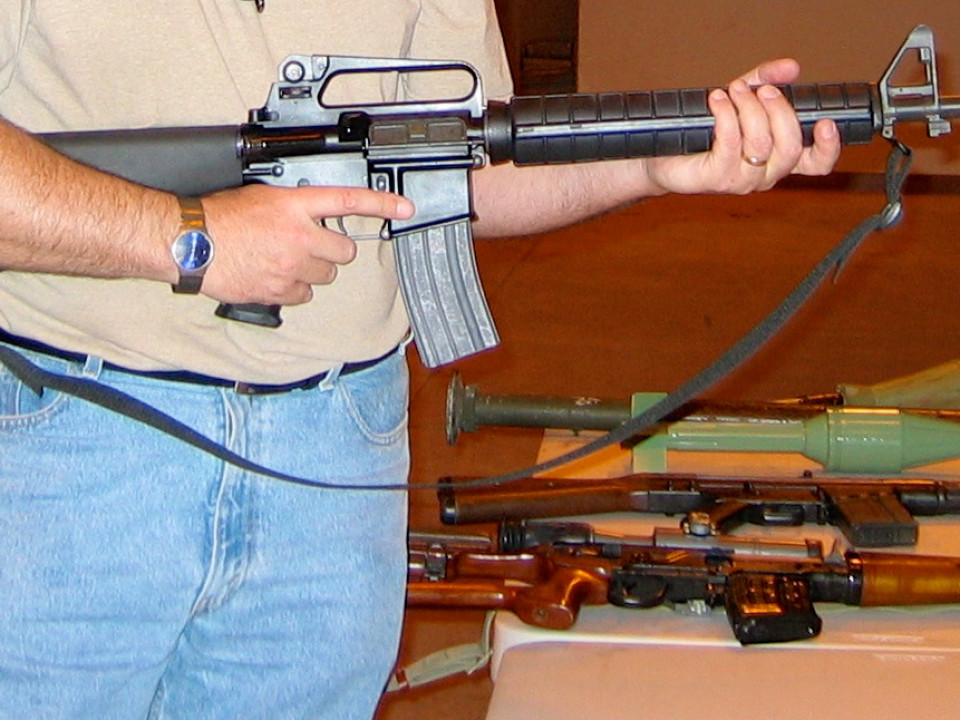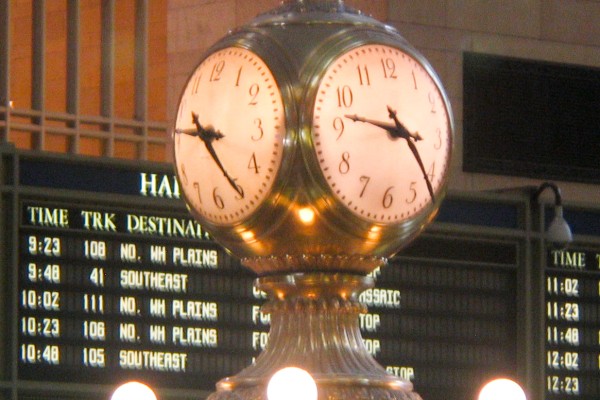Culture and Resilience - the place of the Gun

An American friend of mine said to me the other day that he did not want to send his children to high school in America because of the culture of fear that exists inside American schools these days. And this started me thinking about the intersection of culture and resilience.
My friend was not so much afraid of his children being killed by a random school shooter. But he was very concerned about the fact that so many children feel as if they are leaving the safety of home for the potential danger of school. The constant lock-down drills, the presence of armed security, the false alarms and the increasing insistence that 'concerning' behaviour be reported to authorities. This context, my friend believes, is likely to harm his children. Even if there is never a shooting incident at a school they attend.
What is culture and how does it relate to resilience?
This is too big of a topic to cover in any depth in a blog, but there maybe some indications of where we might go. According to Michael Ungar (2014), culture is made of, in part, relationships, identity and power. Relationships to people, to groups, to the past, the present and the future. Identity in the sense that an individual develops a sense of place within a cultural narrative. Their role in the story of life, if you wish. Power as the potential to influence the actions of the culture. Arve Gunnerstad (2006) suggests that culture offers protection, and goes on to discuss the power of story-telling to build history, morals and values.
There is much more to be said about culture, of course. However, if culture offers protection it is a component of resilience, and is a necessary part of thriving. The values of a culture form part of the protective mechanism for individuals within that culture. Unless the values fail.
The West has valued education for a long time. The value placed on the educational process is demonstrated by the almost universal availability of schooling, of the place that teachers hold in the cultural narrative, and the complex discussions over curriculum and educational activities. Education has a very high place in Western culture and behaviours aimed at enhancing education are generally supported by the majority of the population.
School was historically regarded as a safe place within this culture. Teachers held in high esteem and held to high ethical standards. The myth of 'the best years of your life' and the 'influential teacher' may be mere myths to the majority but they remain powerful myths of meaning and purpose. When teachers and educators fall from grace the shockwaves roll far and wide. Action is immediately taken in order to 'protect the children'.
Cultural narratives and stories are a significant component of resilience as they demonstrate what is important in children's culture, and what the consequences might be for a failure to adhere to moral and ethical expectations and behaviour that is classified as 'good and appropriate'.
But a cultural narrative is only as strong as its day to day experience. History has shown that the heroic explorers of old are more likely economic colonists, who opened the door to pillage and destruction. Religious institutions have been held hostage to depraved and destruction behaviours hidden behind sacred language and ritual. Employment is less likely to be a pathway to economic stability and more likely to lead to a zero hours poverty.
When cultural narratives betray any members of the culture the stories no longer foster resilience or promote thriving. Instead they become toxic parodies eating away at the ability to cope and to thrive.
The context of educational facilities in America is becoming toxic. Not necessarily because of school shooting incidents, but more so because of the demonstrated helplessness of other cultural agencies to mitigate the chances of such things occurring.
The institutional church has felt this process over recent years. In the church, children were required to continue to attend services and take part in rituals even after it became apparent that their lives might be in danger of those in authority. The children who suffered ritualised abuse at the hands of the church are, quite rightly, asking what happened to the other cultural institutions that were supposed to provide protection?
It is hardly a surprise that church attendance is plummeting and religious leaders do not hold positions of influence as they used to in days gone by.
It may be that education in America is heading down a similar track. What do we say to children who are required to go, on a daily basis, to a physical context that has a higher risk of being shot than if they were to go to the mall, the movies or stay at home? Even if the statistics tell a story of safety, the stories being narrated both inside and outside schools is one of danger, not safety and security.
I have worked in humanitarian crisis contexts for decades and I take careful note of the risks and dangers in each place I visit. I make sure I am trained in how to avoid and survive threat. There is always a heightened sense of anxiety in a location torn apart by war or disaster. While I have been mostly fortunate in avoiding significant risk there is no escaping the fact that aid work carries with it some risk.
But I choose this risk. I prepare for it, and navigate it, and most of the time I enjoy it. There are places I decline to visit. I have that choice. But children going to school do not. They are not trained to recognise and manage threat to life and our culture has, in the past, asserted they should not have to be trained. Yet, this is the nature of the rhetoric we are hearing today.
I have worked in most of the major conflict zones of the past 20 years and yet I have never carried a weapon, and nor have any of my colleagues. Virtually all international aid agencies view the presence of weapons as a setback to humanitarian work. Most agencies have specific policies that forbid staff to carry weapons.
Yet, in one of the most advanced cultures in the world, teachers of high school age children, are being exhorted to carry weapons. To defend themselves against the children.
Culture, with its depth of relationships, structures, history, potential, myths, legends and organisations, can be a very powerful part of thriving and provide a 'resilience potential' for individuals. But when core cultural components switch from being protective to being toxic then there is a very high risk of cultural failure.
Which is why my friend is considering moving his children from a potentially toxic environment to one with more protection and more opportunity to thrive.
They are preparing to be refugees.
Sources
Gunnerstad, A. Journal of Intercultural Communication, Vol 11, 2006
Ungar, M, Psychology Today, June 26, 2014
Read next
A Brief Collapse of Time
We are in lockdown. What day is it? One of the most common comments on social media is the old joke about yesterday, today, tomorrow, everyday.
Read more50 Dead - Resilience Reflection #3 - Social Cohesion
We know that relationships are both protective and growth-promoting.
Read more50 Dead - Resilience Reflection #2 - Leadership
Leadership and resilience are interconnected. This isn’t a new finding, of course. But rarely do we experience examples of how leadership supports, mediates and builds leadership.
Read more

